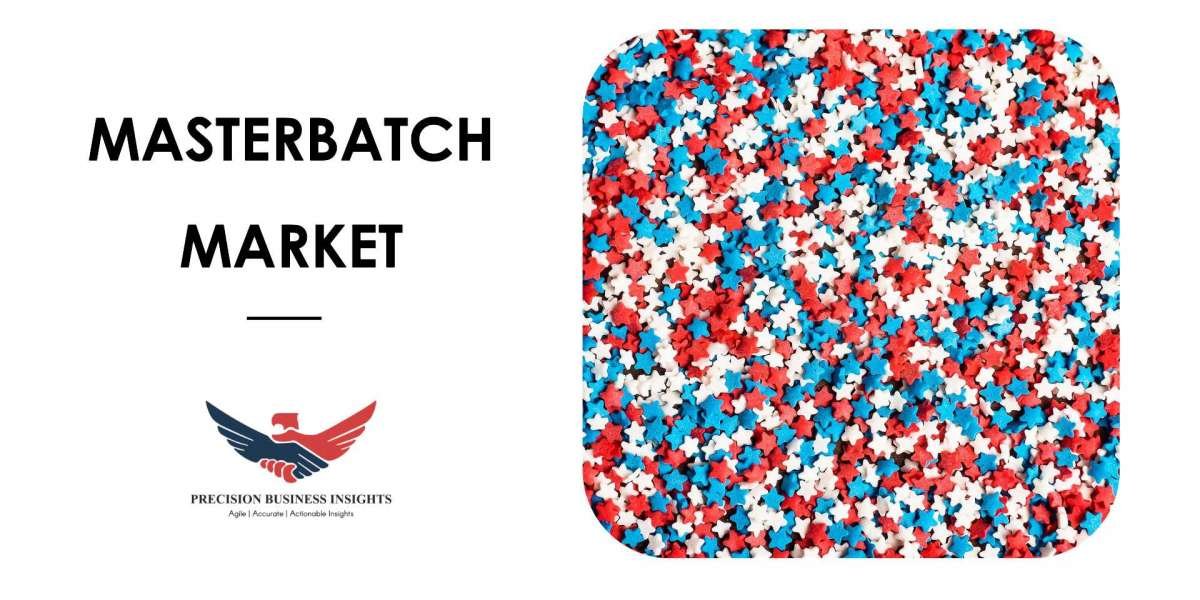The Rapid Rise of NASH Cases
NASH affects an estimated 5-6% of the global population and has become a leading cause of chronic liver disease, particularly in countries with high rates of obesity and diabetes. In the United States, NASH is now the second most common reason for liver transplants and could soon overtake hepatitis C as the primary cause. Developing nations are also witnessing a surge in cases as Western-style diets, sedentary behavior, and rising obesity rates take root. This trend points to the urgent need for early detection and proactive disease management strategies.
Risk Factors Driving the Epidemic
The rise of NASH is closely tied to modern lifestyle-related disorders. Obesity, type 2 diabetes, insulin resistance, and metabolic syndrome are the primary risk factors contributing to the development of NASH. Additionally, poor dietary habits, including high consumption of refined sugars and processed foods, along with insufficient physical activity, exacerbate fat accumulation in the liver. These interconnected risk factors make NASH particularly prevalent in populations experiencing a lifestyle shift towards unhealthy habits.
Challenges in Diagnosis and Detection
One of the biggest challenges in tackling NASH is its asymptomatic nature in the early stages. Many patients are unaware they have the disease until it has advanced to more severe stages, such as cirrhosis or liver failure. Currently, liver biopsy is the most reliable diagnostic tool for NASH, but it is invasive and impractical for widespread screening. The development of non-invasive diagnostic tools, such as elastography and blood-based biomarkers, is critical to improving early detection and monitoring of disease progression.
The Search for Effective Treatments
Despite the growing prevalence of NASH, no FDA-approved therapies currently exist for the condition. Treatment strategies primarily focus on managing associated conditions like obesity, diabetes, and high cholesterol through lifestyle modifications, including weight loss, healthy eating, and physical activity. However, these interventions have limited long-term success due to the high rate of recurrence. Several promising therapies targeting liver inflammation, fibrosis, and metabolic dysfunction are in clinical trials, offering hope for new pharmacological options in the near future.
Prevention and Lifestyle Modifications
Given the lack of approved treatments, prevention plays a vital role in combating NASH. Lifestyle changes, such as adopting a balanced diet, reducing sugar and fat intake, increasing physical activity, and maintaining a healthy weight, can significantly reduce the risk of developing NASH. Public health initiatives aimed at educating at-risk populations about the importance of liver health and the risks associated with obesity and metabolic disorders are essential. Early intervention through weight management programs and regular health screenings can also help curb the progression of NASH.
Advancements in Research and Diagnostics
The future of NASH management is promising, with ongoing research focused on developing anti-fibrotic therapies, metabolic modulators, and combination treatments. Additionally, advancements in non-invasive diagnostics are transforming how NASH is identified and monitored. Innovations such as transient elastography, magnetic resonance imaging (MRI)-based tools, and biomarker panels are expected to enhance early detection and disease tracking, making personalized treatment strategies more accessible.
Collaborative Efforts to Combat NASH
Addressing the NASH epidemic requires coordinated efforts across healthcare systems, pharmaceutical companies, public health agencies, and patient advocacy groups. Increasing awareness among healthcare providers is essential to improve early diagnosis and disease management. Furthermore, government and industry partnerships must focus on funding research to accelerate the development of new therapies and diagnostic technologies. Public health campaigns should emphasize the importance of lifestyle changes, highlighting the benefits of weight management and physical activity for liver health.
Conclusion
The rise of Nonalcoholic Steatohepatitis (NASH) represents a growing public health crisis that demands urgent attention. As obesity and metabolic disorders become more prevalent, the incidence of NASH will continue to rise unless proactive measures are taken. Improving awareness, early diagnosis, and prevention strategies is essential for slowing the progression of this disease. While the development of new treatments holds promise, collaborative efforts focused on education, research, and patient care will be key to improving outcomes. By addressing the root causes of this epidemic, we can move towards a healthier future where NASH no longer threatens public health on a global scale.
Latest Reports
Cerebral Infarction Market | Charcot-marie-tooth Disease Market | Chlamydia Infections Market | Cone Rod Dystrophy Market | Diabetic Nephropathy Market | Eosinophilic Esophagitis Market | Gential Herpes Market | Head And Neck Cancer Market | Lambert Eaton Myasthenic Syndrome Market | Lambert-eaton Myasthenic Syndrome Market | Pediatric Brain Tumor Market | Pneumothorax Treatment Devices Market | Pulmonary Arterial Hypertension Market | Sinus Dilation Devices Market | Staphylococcus Aureus Bacteremia Market | Steroid Refactory Acute Graft-versus-host Disease Market | Tendinopathy Market | Wolman Disease Market | X Linked Hypophosphatemia Market | Bcl-2 Inhibitors Market | Hyperparathyroidism Market | Membranous Nephropathy Market | Mouth Neoplasms Market | Myelodysplastic Syndrome Market | Prader-willi Syndrome Market | Usher Syndrome Market | Uveal Neoplasms Market | Warm Autoimmune Hemolytic Anemia Market














